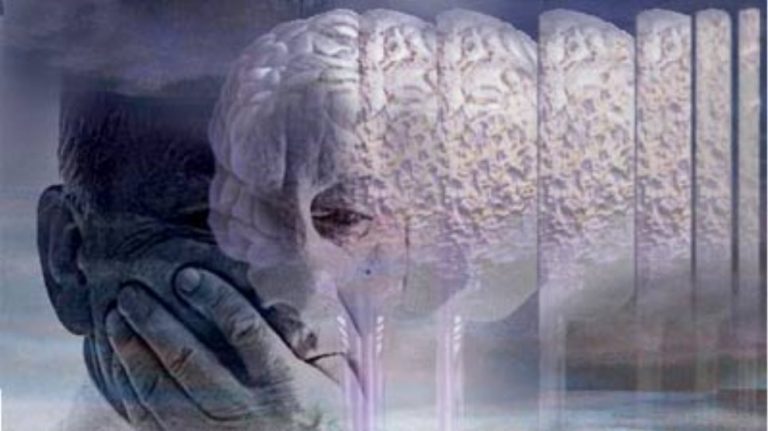Hossein Rahnama knows a CEO of a major financial company who wants to live on after he’s dead, and Rahnama thinks he can help him do it.
Rahnama is creating a digital avatar for the CEO that they both hope could serve as a virtual “consultant” when the actual CEO is gone. Some future company executive deciding whether to accept an acquisition bid might pull out her cell phone, open a chat window, and pose the question to the late CEO. The digital avatar, created by an artificial-intelligence platform that analyzes personal data and correspondence, might detect that the CEO had a bad relationship with the acquiring company’s execs. “I’m not a fan of that company’s leadership,” the avatar might say, and the screen would go red to indicate disapproval.
Creepy? Maybe, but Rahnama believes we’ll come to embrace the digital afterlife. An entrepreneur and researcher based at Ryerson University in Toronto, and a visiting faculty member at MIT’s Media Lab, he’s building an application called Augmented Eternity; it lets you create a digital persona that can interact with people on your behalf after you’re dead.
While most older people haven’t amassed enough digital detritus to build a working artificial intelligence, Rahnama posits that in the next few decades, as we continue to create our digital footprints, millennials will have generated enough data to make it feasible. Even as we speak, the digital remains of the dead accumulate. Something like 1.7 million Facebook users pass away each year. Some online accounts of the dead are deleted, while others linger in perpetual silence. “We are generating gigabytes of data on a daily basis,” Rahnama says. “We now have a lot of data, we have a lot of processing power, we have a lot of storage capability.” With enough data about how you communicate and interact with others, machine-learning algorithms can approximate your unique personality—or at least some part of it.
Pentagon confirms that New leaked Video is part of UFO investigation (video)
And what would the digital “you” look like? Well, what do you want it to look like? It might be a text-based chatbot like the CEO’s or an audio voice like Siri or a digitally edited video or a 3-D animated character in a virtual-reality environment. It might be embedded in a humanoid robot.
Twenty thousand personalities at once
We’re not there quite yet. It’s hard enough to create software agents that can carry on a natural-sounding conversation, let alone capture the personality of a specific person. There’s no software that can interact, communicate, and make decisions the way you do. Rahnama says the CEO’s avatar will be a “decision support tool,” but it won’t be capable of running the company.
Read more: Technology Review
Ask me anything
Explore related questions





